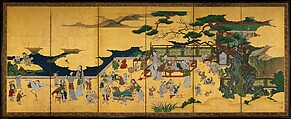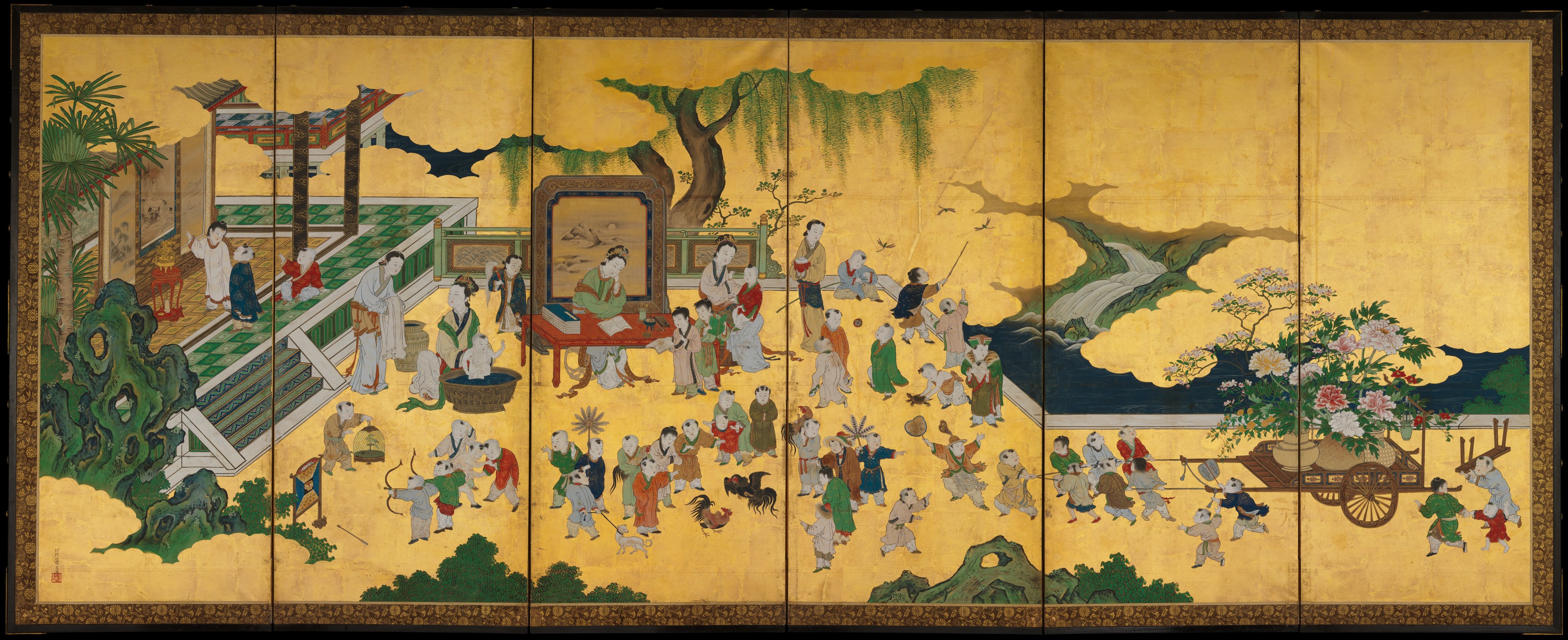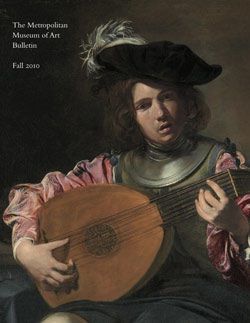One Hundred Boys
Kano Einō Japanese
Not on view
The felicitous theme of this work first appeared in China during the Song dynasty (960–1279). The screens’ construction and the details, variety, and sheer number of figures—executed in fine- quality pigments—indicate that the individual who commissioned them was aristocratic. An extant document from the artist’s studio suggests a female member of the noble Kujō family in Kyoto ordered them on the occasion of Girl’s Day, an annual early spring celebration. The screens may have belonged to a bride’s wedding trousseau, perhaps to inspire the creation of a large and joyous family.
On view for rotations 1 and 2
This image cannot be enlarged, viewed at full screen, or downloaded.
This artwork is meant to be viewed from right to left. Scroll left to view more.




